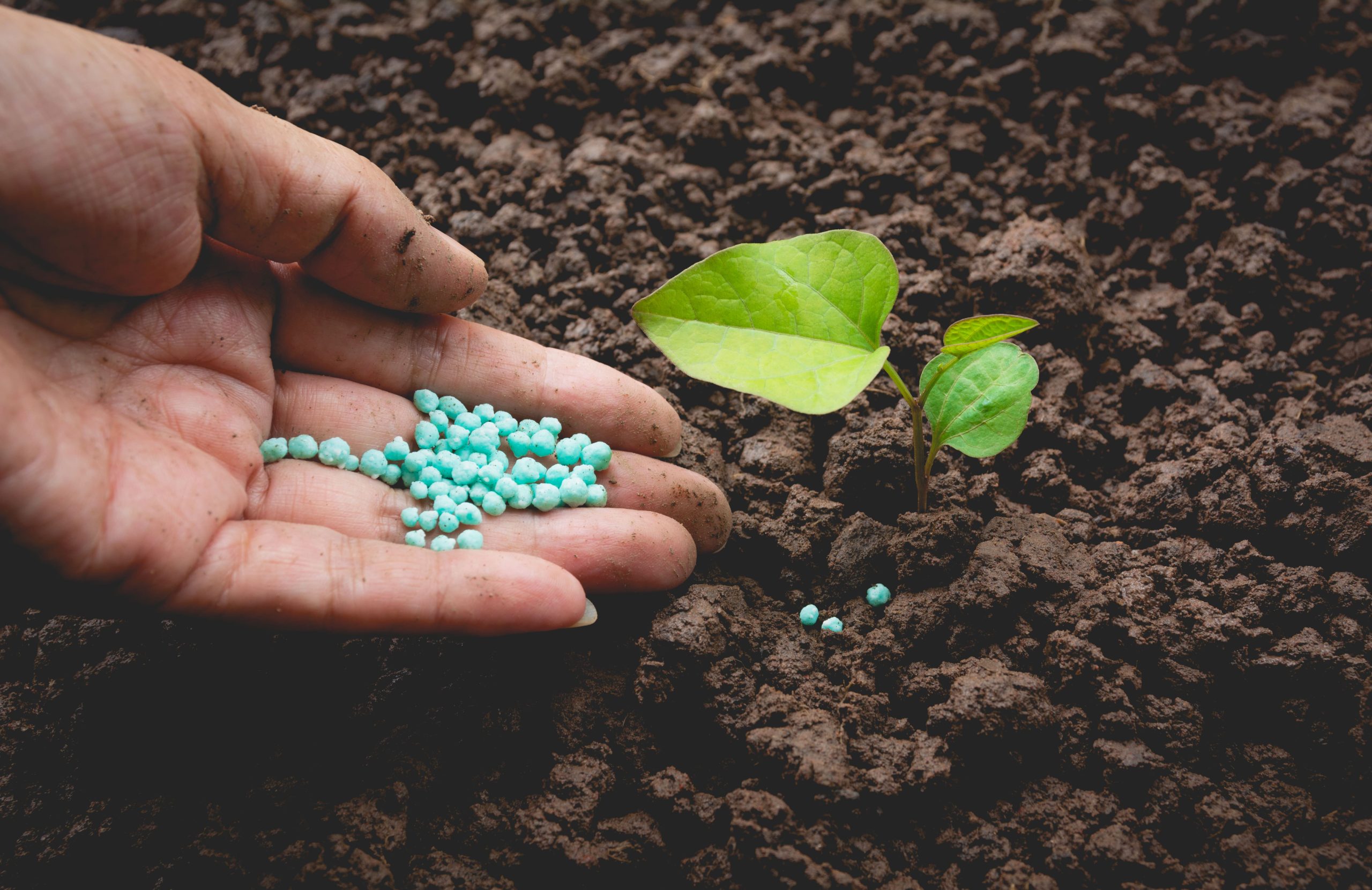The Indonesia nitrogenous fertilizer market is a strong backbone for agricultural industry of the country, with nitrogen-based fertilizers accounting for 60 % share of total fertilizer usage. Despite strong domestic production, local capacity fulfils only around 34 % of national demand. Additionally, the government’s ongoing subsidy program has significantly lowered end-user costs and bolstered off-take across Java, Sumatra, and Kalimantan.
What’s Driving Nitrogenous Fertilizer Market in Indonesia?
- According to Indonesia’s Central Bureau of Statistics, synthetic fertilizers account for 86.4% of total fertilizer use, with nitrogen products dominating the mix. This scale-up reflects both the intensifying per-hectare fertilizer input and sustained government efforts to boost adoption among smallholder farms.
- Indonesia is seeing growing adoption of nano-fertilizers, which promise 80–100× improved nutrient release efficiency. Thus, minimizing waste and environmental impact. These innovations are enabling farmers to maintain or enhance yields while reducing nitrogen use intensity, a driver for both higher adoption and evolving product demand.
- The fertilizer subsidy program disbursed over USD 3.4 billion in 2023, significantly slashing costs for smallholder farmers. In early 2025, PT Pupuk Indonesia had secured 1.01 million tonnes of subsidized fertilizer stock, to ensure seamless distribution.
Competitive Landscape
The Indonesia nitrogenous fertiliser market is dominated by state-owned giants with significant production capacity, extensive distribution networks, and government backing. The major players include PT Pupuk Indonesia, PT Pupuk Kalimantan Timur, and PT Pupuk Kujang. Pupuk Indonesia Holding is the largest nitrogenous fertilizer producer in Southeast Asia, commanding a lion’s share of domestic urea and ammonia supply. In 2024, the company reported a total production capacity of 14.6 million tonnes, of which nitrogenous fertilizers formed the majority. Pupuk Kalimantan Timur operates five ammonia and five urea plants in Bontang, East Kalimantan. The company targets 6.43 million tonnes of production in 2025, including 2.71 million tonnes of ammonia and 3.43 million tonnes of urea. Meanwhile, Pupuk Kujang launched NPK Nitrat, a new nitrogen-rich blend targeted at high-value horticulture crops in 2024.
Import Dependency and Supply Vulnerability
The Indonesia nitrogenous fertilizer market is facing a major challenge of import dependency. Overall fertilizer imports including nitrogenous and others were over USD 3 billion in 2024, ranking Indonesia among the world’s top fertilizer importers. Despite strong domestic output, internal capacity only meets around 66% of national demand. Thus, forcing reliance on volatile international markets. Additionally, events like the Russia–Ukraine conflict, including Russia’s ban on ammonium nitrate exports from February to April, disrupted global supply chains and drove up fertilizer prices worldwide.
Future Outlook
The Indonesia nitrogenous fertilizer market is set to undergo rapid transformations in upcoming years. By 2030, the country is expected to significantly enhance self-reliance, with projects like the Fakfak Fertilizer Industrial Estate. National ammonia output including new green and blue facilities is expected to reach nearly 3 million tonnes per year. This will allow domestic production to meet approximately 85% of national nitrogen fertilizer demand. Indonesia’s green transition is also gaining popularity. Pupuk Indonesia and other producers have piloted 42 resource-efficient and cleaner production methods, with a goal of cutting urea-related emissions by 15% per tonne by 2030. Additionally, the government aims to reduce nitrogen fertilizer imports to below 200,000 tonnes annually by 2030.
Consultant at Nexdigm In their latest publication “Indonesia Nitrogenous Fertilizer Market Outlook to 2030: By Product Type (Urea, Ammonium Nitrate, Ammonium Sulfate, Ammonia, Other Nitrogenous Blends), By Application (Cereals and Grains, Oilseeds and Pulses, Fruits and Vegetables, Commercial Plantation Crops, Others), and By Crop Nutrient Delivery Format (Conventional Fertilizer, Slow-Release Nitrogen Fertilizer, Controlled-Release Fertilizer, Nano-Nitrogen Fertilizer, Bio-Stabilized Nitrogen Fertilizer)” believe that by prioritizing blue and green ammonia integration and establishing regional hubs, businesses can gain competitive advantage in India autonomous vehicle market.

